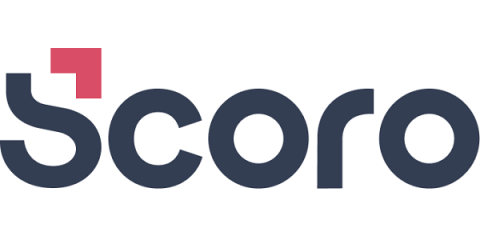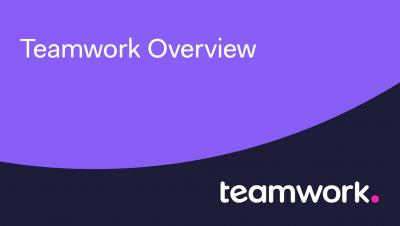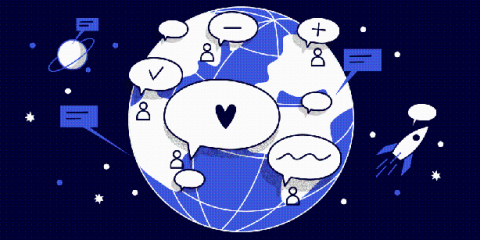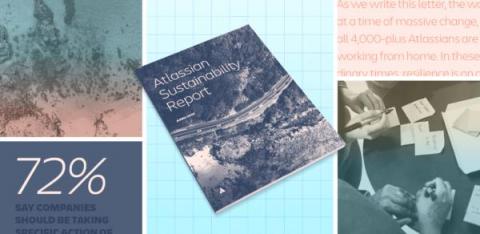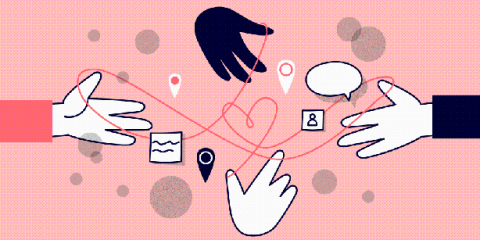Teams | Collaboration | Customer Service | Project Management
%term
Teramind Android App
Working Together, Remotely
Remote working has never been such a hot topic as it is today, with the COVID-19 situation pulling the rug out from under the feet of a lot of companies. And while some have been able to adjust quicker, then most everyone has had to make some changes and overcome challenges. And it’s important to share the difficult lessons with others as well – because sometimes all we need is a reminder that we’re all in this together.
Teamwork Overview
Our next chapter:Bringing teams together, wherever they're located
Teamwork has always been at the heart of everything we do here at Miro. We operate a distributed headquarters, with leaders and employees spread across four time zones and five hubs. That’s why we’ve codified “Play as a team to win the world” as one of our core values. We see effective remote collaboration as our competitive advantage.
Creating Relationships between Objects in M-Files | Intelligent Information Management System
Building Strong Relationships with B2B Customers who Prefer Live Chat - Part 2
This blog post is the second part of our three-part series (the first part is here) on building and maintaining strong relationships with customers who prefer live chat. In the first part of our series, we focused on the pre-conversation efforts of setting yourself up for successful chat interactions with customers. For this part, we’ll focus on how the actual chat conversation impacts the customer relationship.
Want resiliency? Be a leader in sustainability
If there’s one thing we’ve learned from the COVID-19 pandemic so far, it’s that existential threats don’t just go away. Not even if you ignore them. (Actually, they get worse if you ignore them.) We’ve all been touched by the events of the past few months and we need a new way forward. Whether it’s climate change or public health, we need to face these threats head-on and solve them.
How Biteable CEO Brent Chudoba held a remote leadership offsite using Miro
When I became CEO of Biteable in February, I knew it’d be a challenge to lead an internationally distributed team. Biteable is the world’s leading video maker and in my first month with them, I flew over 20 hours across the world to meet investors and co-founders. But that journey was nothing compared to what was in store next: COVID-19 was a curveball that no one expected. Suddenly, our in-person leadership offsite – a crucial part of my onboarding – had to be fully remote.
How to measure change management success, according to 2 change leaders
The only constant in life is change—and it’s difficult to embrace the unknown. That’s why the employee experience is essential to change management, when leaders are charged with supporting their teams through adjusting to new and different ways of working.




